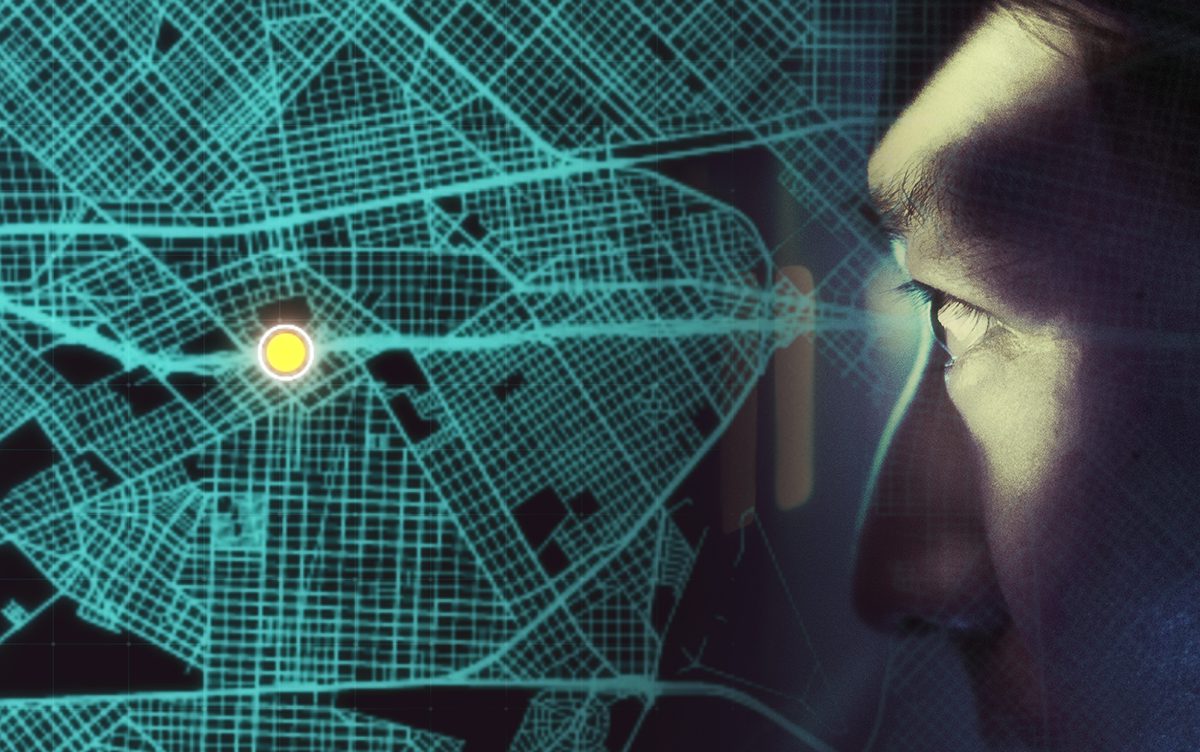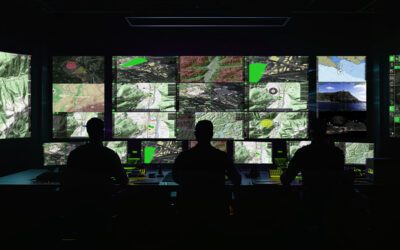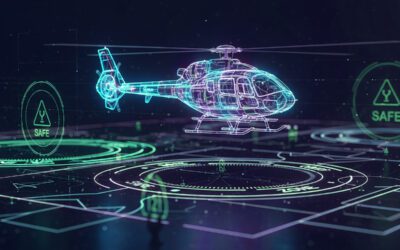Knowledge is power, and having the most amount of information about a situation can be crucial to the success of a mission outcome. Situational awareness is an integral part of mission planning and execution, both on the ground and in the air. In this article, we’ll examine what situational awareness technology is available to operators and the benefits of incorporating situational awareness systems into your planning.
We’ll also discuss how FlySight’s OPENSIGHT technology plays a crucial part in situational awareness through the development of enhanced reality.
What is a situational awareness system?
Let’s first clarify exactly what we mean by situational awareness technology. These are operating systems, which can be plug-in modules or stand-alone systems, designed to clarify and optimise decision-making through a greater awareness of the situation. The most obvious requirement for situational awareness systems is that they operate in real-time.
This kind of technology also needs to be capable of factoring in a number of variables to produce the most accurate data set for analysis or mission inclusion. This has to encompass a full understanding of the location, the context of the events being observed, and the timing. A fourth element needs to be added to this and that’s how easily and comprehensively this information is then relayed to the operator or observer. These systems need to be fast, accurate, and bring something tangible to the table.
The best situational awareness technology on offer is, of course, the human brain, and there is no substitute for experience and expertise. What situational awareness systems do is enhance this element, providing extra information that, for whatever reason, may be hidden from the observer or operator. This additional information needs to be of some benefit within the context of the mission.
An example from FlySight’s OPENSIGHT solutions
Weather conditions can significantly impact operations, none more so than fog. Not only can it interrupt airborne operations, but fog can obscure the observational abilities of aircrew. In a Search & Rescue operation or a surveillance mission, fog can severely hamper the success of the proceedings.
FlySight’s Fog Suppression is the ideal example of situational awareness technology in action. This system is specifically designed to enhance visibility in foggy conditions that would otherwise obscure any view of the ground. Using a 25-frame/second configuration in QVGA and a 20% range visibility enhancement capability, the FlySight Fog Suppression (FFS) can punch through fog and provide pilots and operators with a clear view of the surroundings.
FFS is a very crucial situational awareness technology and is vital to the well-being and safety of the crew. Fog could potentially obscure dangerous hazards such as power lines or mountainous terrain. By using a system that gives a clear view of the surroundings, the mission can continue, and the aircraft’s safety is enhanced.
Situational awareness systems such as FFR are modular systems that can be incorporated into existing operational platforms or used as stand-alone systems where necessary.
Situational awareness technology in security applications
Recent civil unrest has demonstrated the essential nature of situational awareness in a security setting. Getting an overview of a situation and understanding how elements such as terrain, deployment of security teams and coordinating ground and aerial operations are all key to the safe and swift resolution of what could be a very volatile situation.
The number-one factor in situational awareness security technology is that it has to be able to operate in real-time. In a security situation (such as a riot or crowd control, for example), information needs to be relayed instantly and clearly so that protocols can be implemented to bring the situation under control.
Technology such as image stabilisation and super-resolution used in airborne cameras can clearly identify target individuals or vehicles by clarifying features that would otherwise be obscured. This information can then be relayed to ground units, making them more aware of target individuals and also making it easier for them to identify suspects.
This technology can also be applied to other missions, in particular Search & Rescue operations. Creating a clearer understanding of the terrain below can enable rescue teams to be more aware of their surroundings. This is especially important if those surroundings have changed drastically through a natural disaster such as an earthquake, for example.
In this scenario, situational awareness technology such as OPENSIGHT’s enhanced reality systems can come into their own. ERS products improve situational awareness using integrated augmented reality with high-speed cameras and video processing. This information is restreamed to generate real-time displays that can clarify the terrain by overlaying layers of information.
The benefits of situational awareness systems
As well as the obvious – being more aware of your surroundings – situational awareness technology has other benefits. Airborne platforms, including helicopters, are not only costly to run, but they have limited air hours available to them due to fuel inefficiency. Situational awareness tools ensure that every second spent in the air provides value for money as well as being a more effective use of time and resources.
We mentioned earlier while discussing FlySight’s Fog Suppression system that aircraft safety is paramount when talking about situational awareness systems. It’s worth reiterating this point and emphasising just how important an awareness of the surroundings is to the safety of an aircraft, especially if the aircraft is flying at low altitudes and in difficult mountainous or hazardous urban terrain.
Situational awareness technology also allows operators to make faster decisions based on fact rather than ‘gut feeling’. The real-time nature of this technology ensures that information can be analysed faster. It can then be shared, and a carefully considered course of action determined based on reliable, real-time data can be implemented.
Where next for situational awareness systems?
The development of more advanced situational awareness technology is changing the way military, civilian, law enforcement and Search & Rescue teams work. Systems such as FlySight’s OPENSIGHT are being developed as modular systems so that individual needs are met, and a more tailored solution is created for each user.
The miniaturisation of technology has helped a lot, especially when the systems are applied to situations where space is at a premium, such as in helicopter cockpits. Integrating situational awareness systems into existing hardware and linking them to HUDs will give even more flexibility in how these systems are used in the real world.
From search and rescue helicopter missions to military and law enforcement surveillance, having that extra piece of information in place could mean the difference between success and failure, life and death. The critical advantage of situational awareness solutions is to create turnkey solutions tailored to a specific need but with the flexibility to operate alongside and in conjunction with existing hardware and software.
Find out more about FlySight’s OPENSIGHT system
The OPENSIGHT Enhanced Reality System represents the cutting edge of situational awareness technology. Thanks to our enhanced reality development, OPENSIGHT now delivers a more effective and adaptable real-time solution to situational awareness.
You can find out more about OPENSIGHT by browsing our Resources page and watching our videos. Or contact us direct and in complete confidence to discuss how our OPENSIGHT solutions could work for you.





